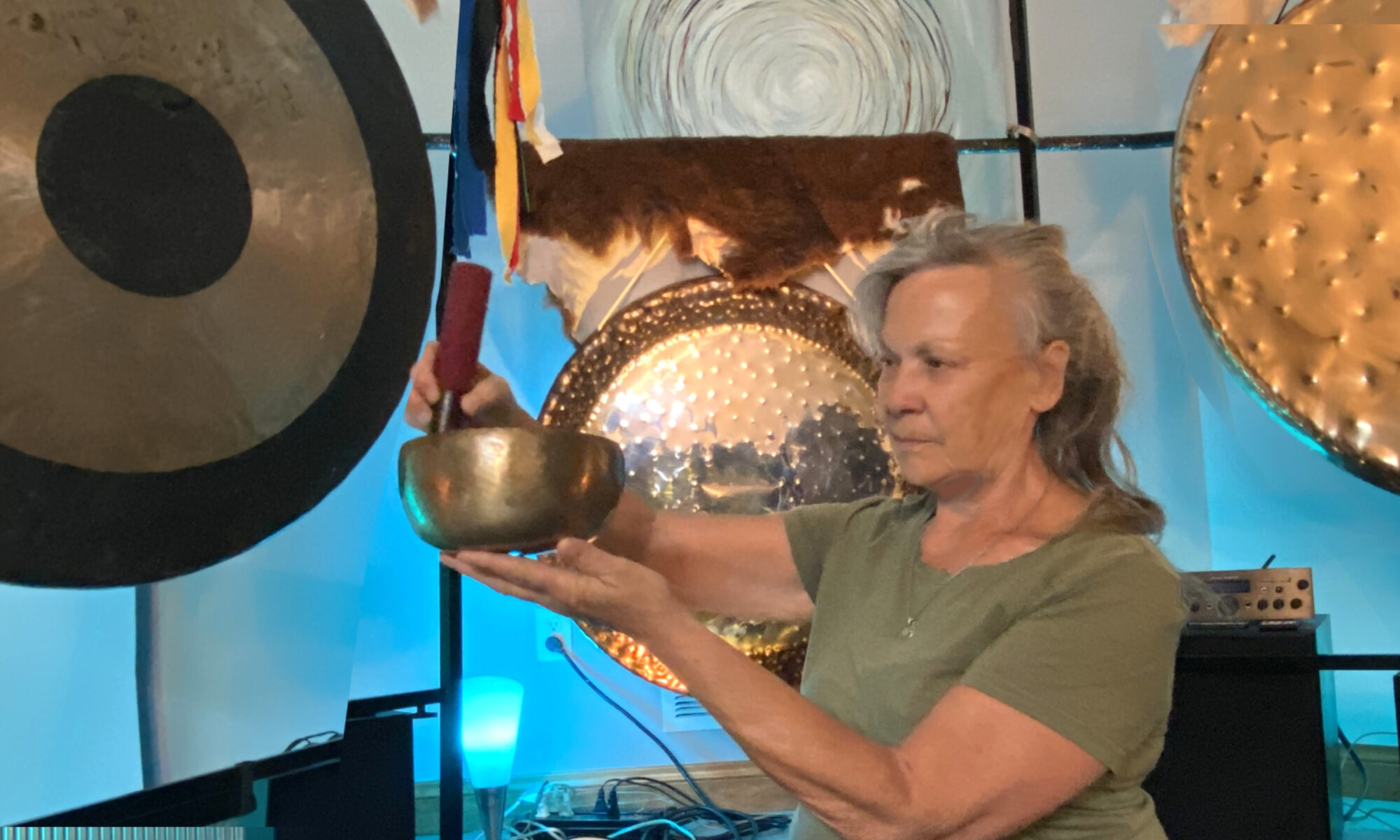 I see my work as a teacher to help people connect to the power of meditation in new, understandable and simple ways. Today’s way is to explore neuroplasticity.
I see my work as a teacher to help people connect to the power of meditation in new, understandable and simple ways. Today’s way is to explore neuroplasticity.
When people learn that I teach meditation, most often they tell me that they just can’t do it. They think they can’t meditate because they can’t stop their brain. And no, stoppage of the brain isn’t our goal especially not in the beginning. To me, meditation is more about observing our brain, calming it, listening to it in new and different ways. Meditation can also help you work with your brain, retraining it. That, my friends is neuroplasticity.
Decades back, physiology students were taught that brain cells can’t rejuvenate or rebuild themselves after damage due to injury or age. In 1998, a study found that indeed the brain can develop new brain cells throughout its life. Not only does it make new cells but connections between neurons can change and new connections can be created.
A map of your brain, if you haven’t seen one, shows that certain areas of the brain generally handle a particular job. (I did paste one at the bottom of the blog.) Some parts handle sensory input, some control motor skills, parts for vision, memory, reasoning… and on and on. Studies have shown that if one area is damaged, another can learn to take over the work. There’s a lot of brain scan research that shows for example, if you learn a second language, that the language area of the brain gets larger or more complex. Point being, the brain can change to accommodate your life, your skills, your needs.
In meditation, we are sitting and watching what the brain does while we are calming ourselves. Noticing the thoughts, watching the brain return to its habitual thinking patterns, helps us begin to loosen our identification with the thoughts. Instead of saying, “I’m such a worrier,” you might begin to see that your brain is the worrier. It’s important and quite freeing when you first start to see that you are not the chatterbox brain in your head. But many people spend their lives identifying themselves totally with how they think. As you practice becoming the observer of the thoughts, this separation gives you a bit of space to start to see that you can begin to direct the thoughts.
My old thinking patterns still live in my mind. But when one tries to rear its ugly heads, I see it as “There’s that old dumb worry thing again” and just dismiss it. When we identify ourselves as our thoughts, they have such great power. Once we can begin to observe our thinking, it becomes less powerful.
In mindfulness, we practice releasing thoughts that aren’t of this moment. It’s a skill that requires practice but brings great positive benefits. I hope to teach students to begin to use the skills built during meditation to their everyday life. When something unexpected happens, the brain might be used to projecting how this change/surprise could have negative effects. Instead, the meditation experience of taking a deep breath and returning the attention to this moments can be very helpful in avoiding stress and negative reactions.
For example, car pulls out in front of you, you slam on the brakes and avoid a collision. The event is a shock but you respond perfectly and all is well. If you can take a deep breath, you have a moment to realize that yes, the car surprised you but you’re fine. How lucky you are! Old thinking might have fussed and fumed about the lack of thought of the other driver, how you could have crashed… you could have a smashed car or gotten injured. You might have stayed upset all day over the incident, telling the tale to whoever will listen. In doing this, you keep your body stressed all day AND spew a lot of crummy energy all over everyone else.
The idea of neuroplasticity is so exciting because the more you practice making the choice of pausing and breathing instead of reacting, you are ingraining this relaxed response into your brain. In time, it will become the normal reaction. Instead of imagining some dire event ahead, if you can choose to let go of negative predictions and substitute visualizing a positive results. The more you do it, the easier it becomes until predicting positive future becomes your norm.
So practicing new ways of responding will retrain your brain AND avoid flooding your body with stress hormones, jacking up your blood pressure and pulse, losing sleep, spewing negative energy all over your world or whatever negative reaction you might have to stress. Making changes are challenging at first as it’s tough to break any habit you might have. But this one is so worth while.
So that is neuroplasticity… good for the brain, good for peace of mind, good for your body and good for our world. Get your brain to think about that very soon.
have fun!!
?

Some other references, if you’re interested
https://www.psychologytoday.com/us/blog/use-your-mind-change-your-brain/201106/you-are-not-your-brain, Rebecca Gladding M.D., author of “You Are Not Your Brain”
https://en.wikipedia.org/wiki/Neuroplasticity
http://www.learninginfo.org/neuroplasticity.htm

